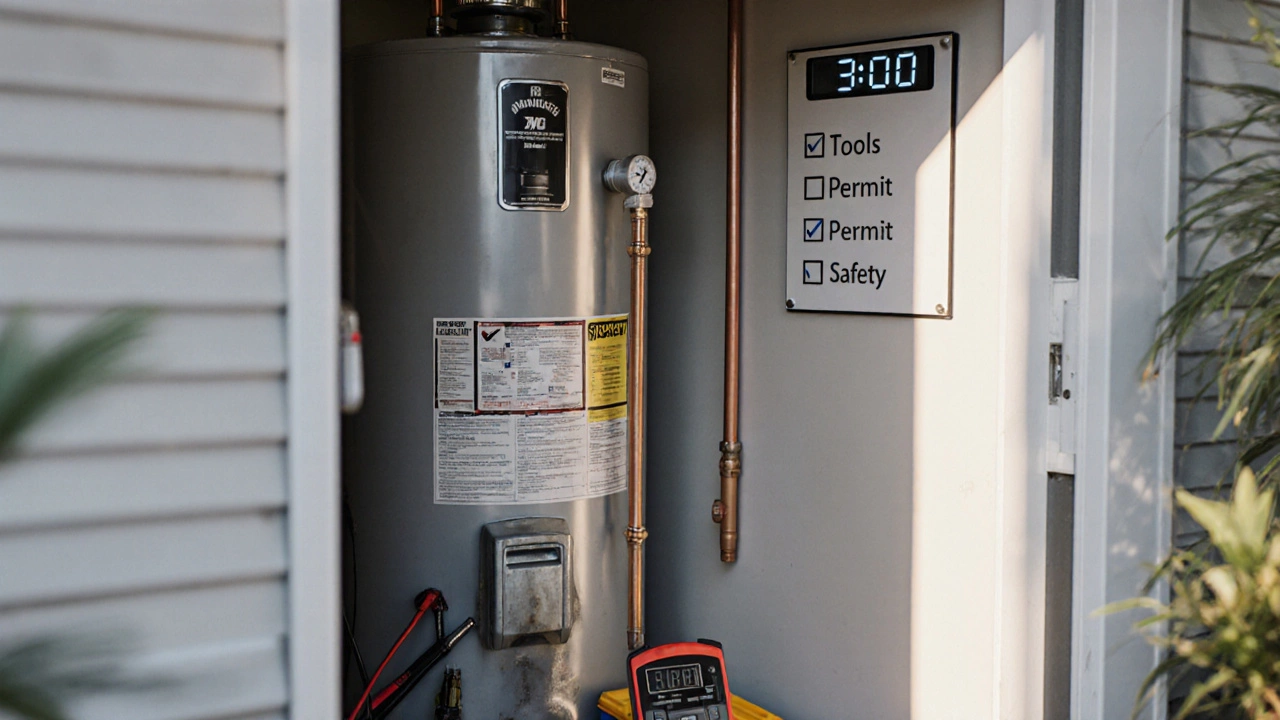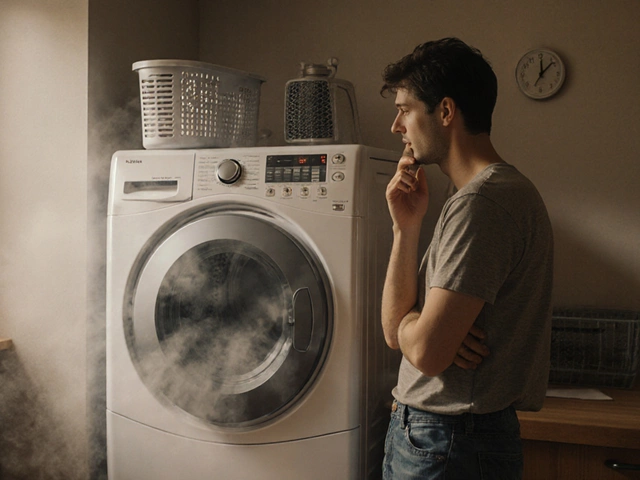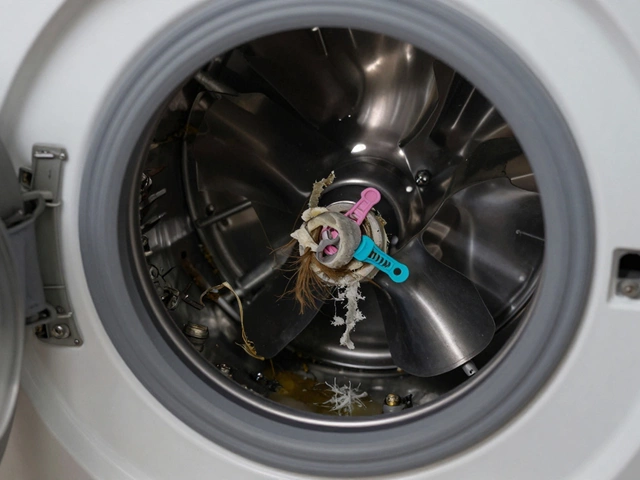Dishwasher Repair or Replacement: How to Know What Your Kitchen Really Needs
June 20 2025Replace Hot Water Heater – What You Need to Know
When tackling hot water heater replacement, the process of removing an old unit and installing a new, safe, and efficient one. Also called water heater swap, it can boost your comfort, lower bills, and prevent emergencies. If you’re wondering whether it’s time to replace hot water heater, this intro will walk you through the why, how, and what to watch out for.
Why Replace? Age, Leaks, and Efficiency
Most homeowners face three big red flags: the heater is over ten years old, it’s leaking or making strange noises, and your energy bills are creeping up. An aging hot water heater, whether gas‑fired or electric, loses its insulation and heat‑transfer efficiency. That loss shows up as longer wait times for hot water and higher fuel costs. When energy efficiency drops below 80%, a new model can cut usage by 20‑30%, paying for itself in a few years. So the decision to replace isn’t just about fixing a problem – it’s a chance to upgrade to a smarter, greener system.
Choosing the right size and type matters too. A tank‑style heater stores a set volume, while a tankless unit heats on demand. Your household’s peak hot‑water demand, the number of bathrooms, and laundry habits shape the ideal choice. A professional will size the unit based on BTU or kW output, ensuring you never run out of hot water during a shower.
What the Replacement Process Looks Like
First, a certified gas engineer, or a licensed plumber for electric units, inspects the current setup. They check venting, pipe sizes, and electrical connections to confirm the new heater will fit safely. Proper venting is critical for gas models – without it, carbon monoxide can build up. The engineer also verifies that the water supply line can handle the flow rate of the new unit.
Next comes the actual swap. The old tank is drained, the connections are released, and the new heater is positioned on a sturdy frame or stand. For tankless systems, mounting brackets secure the unit to a wall. The installer then connects gas lines or power cables, attaches the vent pipe, and runs a pressure test to catch leaks. Finally, the system is filled, purged of air, and a temperature check confirms everything works at the set point.
Safety, Regulations, and Professional Help
Replacing a hot water heater isn’t a DIY weekend project for most people. Gas appliances require adherence to local building codes and safety standards. A qualified gas engineer holds the credentials to certify that the installation meets legal requirements, which protects you from fines and insurance issues. They also handle the required certification paperwork, so you have proof of a safe install.
If you go the electric route, the installer must ensure the circuit breaker can handle the new load. Overloading a breaker can trip your home’s electricity and create fire hazards. In both cases, a professional will test for carbon monoxide, check for proper grounding, and make sure the unit’s warranty stays valid.
Cost Factors and Budget Planning
Costs vary widely based on heater type, capacity, and brand. A standard 40‑gal gas tank typically runs between £800‑£1,200 installed, while a tankless model can climb to £2,000‑£3,000. Electric tanks sit in the £600‑£1,000 range. Labor accounts for 30‑40% of the total price, especially if venting or pipe upgrades are needed.
When budgeting, consider long‑term savings. Modern condensing gas heaters boast efficiencies above 90%, shaving a few hundred pounds off annual fuel bills. Adding a timer or smart thermostat can further trim usage by matching hot‑water production to your schedule. Running the numbers helps you decide whether the upfront spend makes sense for your household.
After‑Install Care and Maintenance
Even the best‑installed heater needs regular attention. Annual appliance maintenance by a qualified professional keeps sediment buildup low, checks the anode rod, and ensures safety valves work. For electric units, a simple flush of the tank every 12‑18 months prevents mineral clogging.
Skipping maintenance can shorten the unit’s lifespan, turning a 15‑year heater into a 10‑year one. It also raises the risk of leaks or failure, which could force an unexpected replacement. A quick check of the pressure‑relief valve and a visual inspection of vent pipes each year can catch issues before they become costly emergencies.
Ready to dive deeper? Below you’ll find a curated set of articles covering everything from pricing breakdowns and DIY troubleshooting to choosing the right model and understanding boiler interactions. Whether you’re planning a full swap, just checking for signs of trouble, or weighing repair versus replace, the guides ahead give you practical steps and expert insights to make the right move.
 18 Oct
18 Oct
How Long Does a Hot Water Heater Replacement Take?
Learn how long a hot water heater replacement should take, factors that affect timing, step‑by‑step DIY guide, and when to call a professional.
Read More...



